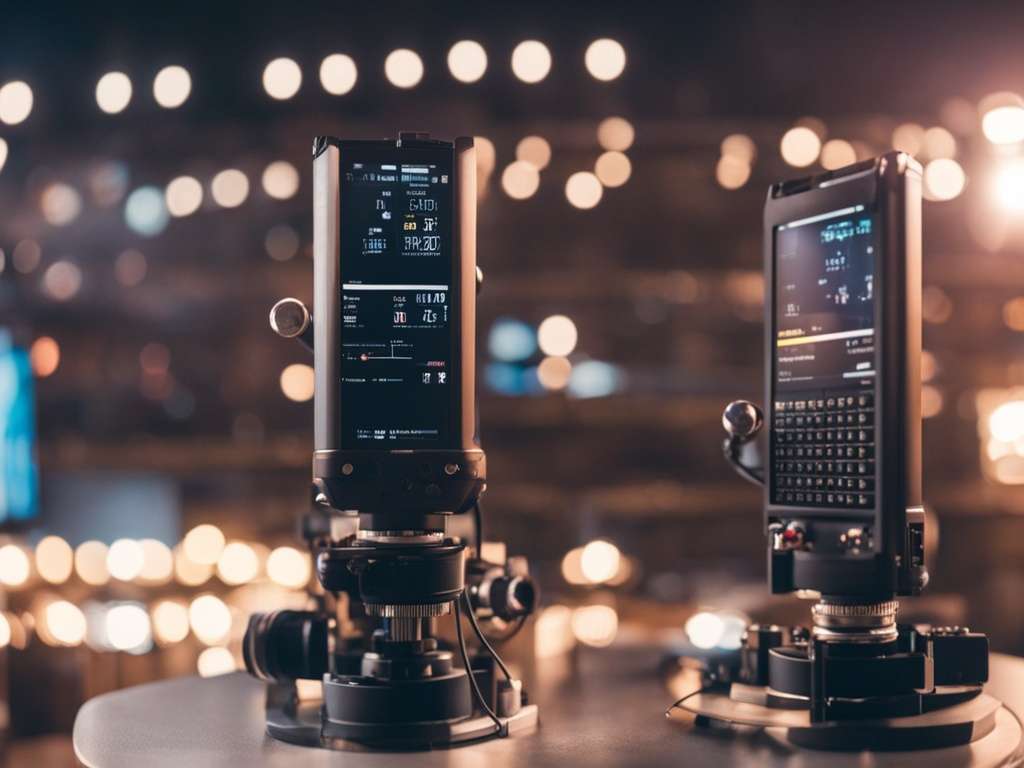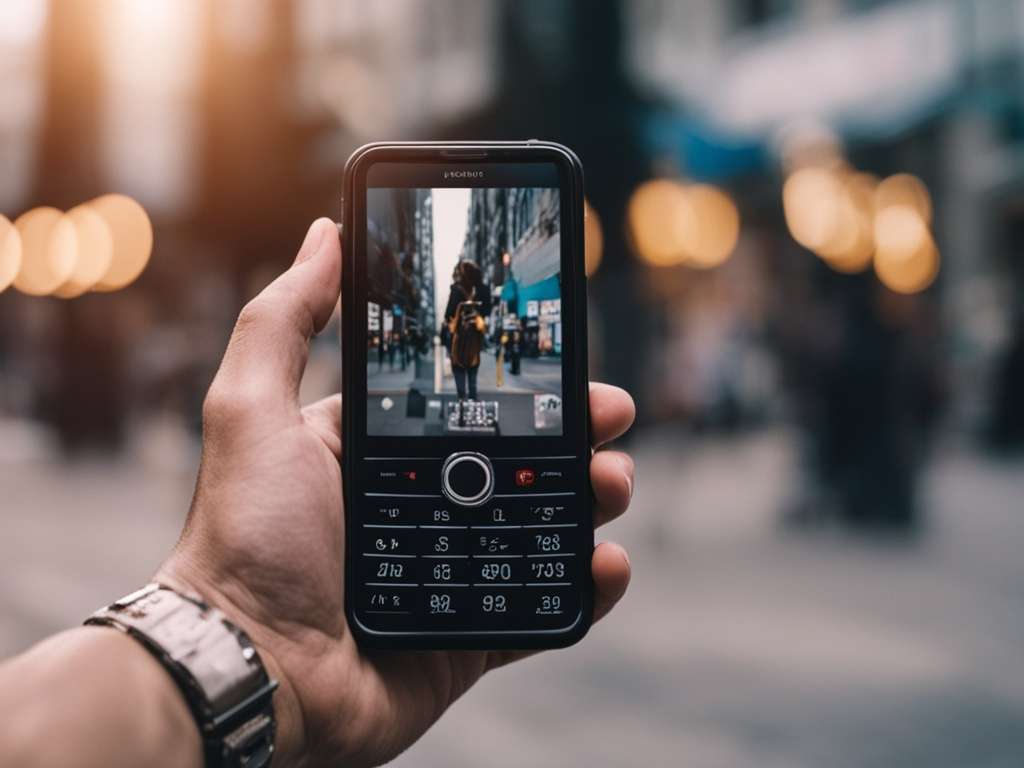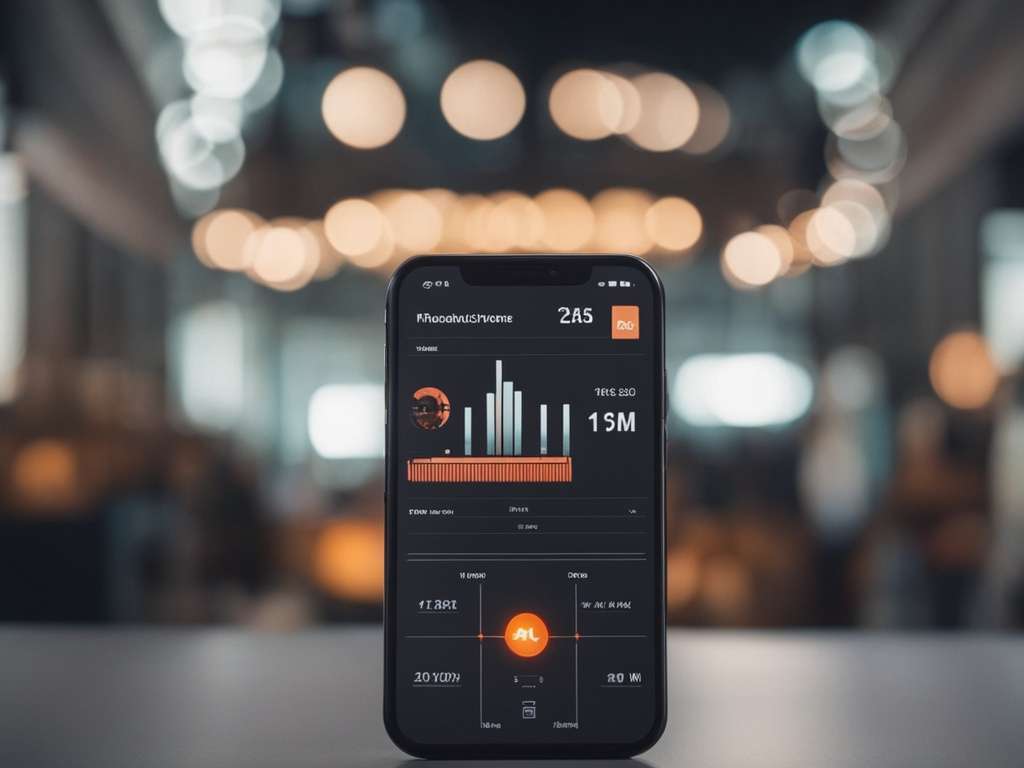GPS Jamming Frequency & Prevention: How to Secure Your Device
Learn about GPS jamming frequency, prevention methods, and the benefits of a selective GPS jammer. Discover how to secure your devices against jamming attacks and why a selective jammer is the ideal solution. Understand the difference between traditional and selective jammers and how they can protect your privacy and safety. Stay informed and protected with our comprehensive guide to GPS jamming.








